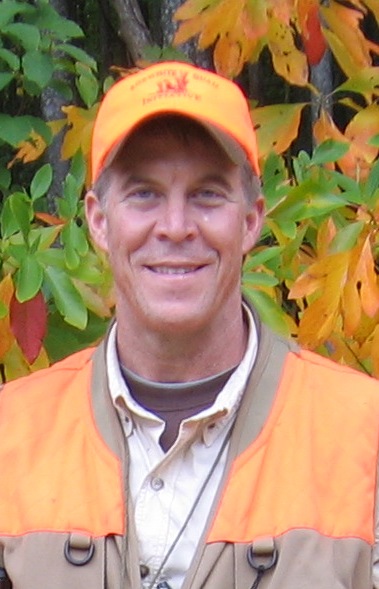It’s more important to do what needs doing, rather than just doing what’s easy.
— Dr. Guy Baldassarre, undergraduate professor/mentor at Auburn, reacting to one of my research project ideas.
I think about this life lesson from one of my most influential college professors almost every day. The NBCI definitely is about something that needs doing; and it most certainly is not easy. So it fits Baldassarre’s maxim. A basic purpose of the NBCI is to help coalesce myriad capable but independent partners into a critical mass of organized, strategic action, capable of tackling important but heretofore unsolvable quail conservation problems – to do whatneeds doing.
The latest big problem the NBCI and its National Bobwhite Technical Committee (NBTC) brain trust are working to solve is how to help states design and implement quail/grassland bird focus areas more effectively, consistently and successfully. Restoring quail to the landscape is like eating elephants: one bite at a time. Thus, focus areas have been a standard implementation prescription of the NBCI from the beginning, the tactical endpoints (bites) for strategic action of state step-down plans. Why this emphasis on focus areas? Three reasons: (1) widespread quail restoration is a long-term challenge saddled with short-term expectations, attention spans and budget cycles; (2) we cannot possibly fix entire states at once; and (3) the clock is ticking for us to demonstrate short-term successes that prove the NBCI concept, instill hope and secure perseverance.
However, we all have seen recent examples of quail focus areas that weren’t “successful.” I recently developed the slide at right to highlight my perception of some pitfalls in our NBCI  focus area track record. In some cases, failure to meet goals is due to factors beyond our control, such as extreme weather. In other cases, no goals were ever established; the design of the area was inadequate; implementation fell short; or inadequate monitoring prevented documentation of what might have been a success story.
focus area track record. In some cases, failure to meet goals is due to factors beyond our control, such as extreme weather. In other cases, no goals were ever established; the design of the area was inadequate; implementation fell short; or inadequate monitoring prevented documentation of what might have been a success story.
For example, a recent survey conducted by NBCI Science Coordinator Tom Dailey found some pretty good news: 52% (13 of 25) of NBCI states had active quail focus areas in 2010. However, the focus areas were very diverse in size (e.g., a few hundred to 2.3 million acres) and other key design parameters, impeding meaningful comparison, compilation and conclusions. More problematic is that of the 182 total quail focus areas in 2010, only 79 areas were subjected to any measures of population response; and only 45 of those measures were statistically valid.
We have to do better. We have little hope of achieving, much less demonstrating, widespread quail successes if we cannot do a better job of setting ourselves up to succeed. This is a good time to step back, and work together to do focus areas right.
At the 2011 NBTC annual meeting in Florida, the Research Subcommittee formed an Ad Hoc Monitoring Subcommittee to tackle a couple of these key focus area problems. This small, diverse group is headed by Kentucky’s John Morgan, the NBCI’s Tom Dailey, and Research Subcommittee Chair Theron Terhune. The group also includes other representatives of states, the NBCI, research institutions, Partners in Flight, joint ventures and the U.S. Fish and Wildlife Service. The initial charges for this group are to develop (1) standard monitoring techniques that all states could agree on and begin to adopt for quail/grassland bird focus areas, and (2) a “model” blueprint to promote consistency in designing and implementing successful focus areas.
The Ad Hoc group met in Kentucky for three intense days in May to brainstorm and begin consolidating its ideas. The group has been refining its recommendations over the weeks since, and will bring its draft of standard focus area monitoring protocols to the upcoming NBTC annual meeting in Abilene, TX in August, for review, discussion and hopefully approval by the collected state quail coordinators. At that same meeting, the group then will draw upon the collective expertise among all the state quail coordinators to constructing a model blueprint for successful focus areas.
The NBCI strives to strike a constructive balance that promotes greater accomplishment through collaboration and unity, without encroaching on the independence of states and all the other key NBCI partners. The ongoing efforts of the NBTC’s Ad Hoc Monitoring Subcommittee represent very real progress by a diverse group representing the array of stakeholders in quail and grassland bird restoration, for the benefit of all of us. This is an ideal example of how I think we need to do more quail business. With this kind of unprecedented progress on a difficult and long-overdue but important set of tasks, the NBTC and NBCI are doing what needs doing, rather than just what is easy.






